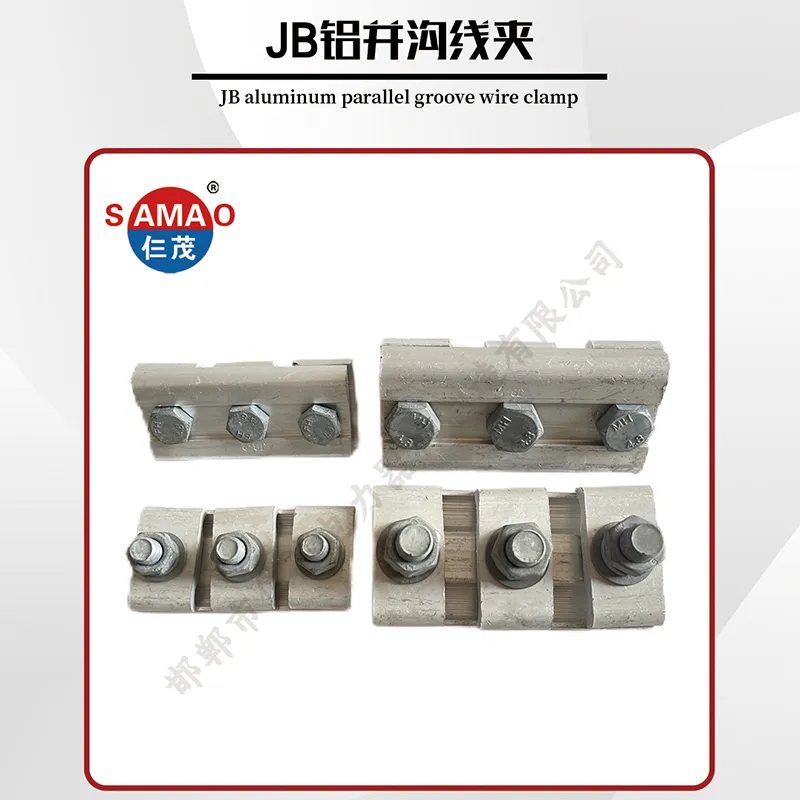Types of Land Use in Energy Systems and Their Impact on Sustainability
The Role of Soil Types in Energy Systems
Soil, the thin layer of organic and inorganic material on the Earth's surface, plays a crucial role in numerous ecological processes and is a fundamental component of agricultural and energy systems. In the context of energy production, particularly in renewable energy technologies, the type of soil can significantly influence efficiency, sustainability, and environmental impact. This article explores how various soil types interact with energy systems, focusing on solar, wind, geothermal, and biomass energy.
Solar Energy
Solar energy systems, including photovoltaic (PV) panels and solar thermal collectors, can be affected by the characteristics of the soil beneath them. For instance, in large-scale solar farms, the soil's physical properties, such as compaction, drainage capacity, and organic content, impact the installation process and the long-term stability of the solar infrastructure. Sandy soils, known for good drainage, may be advantageous; however, they can require additional stabilization techniques to prevent erosion. Conversely, clay soils, which retain water but can be prone to compaction, may need amendments to improve their drainage and overall suitability for supporting heavy solar installations.
Moreover, soil health and composition can influence the surrounding environment of solar projects. Certain ground cover plants, which can enhance biodiversity and reduce soil erosion, might be grown on solar farms to create a more sustainable interface between energy production and ecological preservation.
Wind Energy
.
Additionally, the ecological impact of wind farms, which often involves land use changes, underscores the importance of choosing sites with minimal disturbance to sensitive soil types. This ensures not only the effectiveness of energy production but also the preservation of local ecosystems.
ប្រភេទនៃការចាក់ដីនៅក្នុងប្រព័ន្ធថាមពល

Geothermal Energy
Geothermal energy relies on the Earth's internal heat, typically accessed through deep drilling. However, the efficiency of geothermal systems is significantly influenced by the soil and geological types. Areas with volcanic rock or permeable limestone are often more suitable for geothermal energy extraction due to their thermal properties and underground water reservoirs.
The soil type also impacts the construction of geothermal plants, particularly in surface installations such as heat exchange systems, where the effectiveness of heat transfer can depend on the thermal conductivity of the soil. Well-drained coarse-textured soils are generally preferable for facilitating fluid movement and enhancing the efficiency of geothermal systems.
Biomass Energy
Biomass energy, derived from organic materials, is highly dependent on agricultural practices and the soil's health. Different soil types support various crops that are used for biomass energy production, such as switchgrass, miscanthus, and agricultural residues. Nutrient-rich soils result in higher biomass yields, which can significantly influence the overall sustainability and economic viability of biomass energy projects.
Furthermore, the soil's ability to sequester carbon is critical when considering the lifecycle emissions of biomass energy. Healthy soils contribute to greenhouse gas reduction, making the selection of optimal soil types essential for reducing the carbon footprint of biomass energy systems.
Conclusion
The interaction between soil types and energy systems is more complex than it may initially seem. While energy technologies often focus on harnessing solar, wind, geothermal, and biomass resources, the underlying soil characteristics significantly impact the sustainability, efficiency, and environmental consequences of these systems. Understanding soil types and incorporating them into energy planning can lead to better resource management, ecological preservation, and ultimately, a more sustainable energy future. By recognizing the importance of soil in energy production, we can ensure that our methods are not only efficient but also environmentally responsible.




